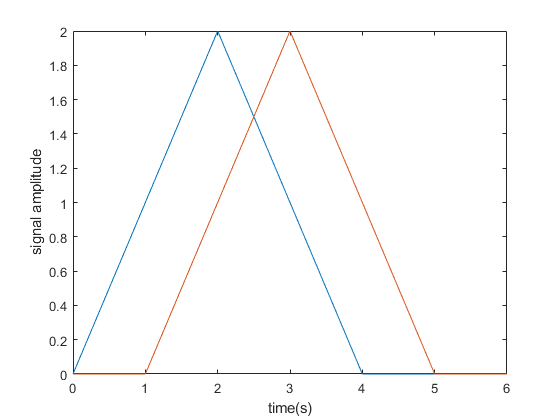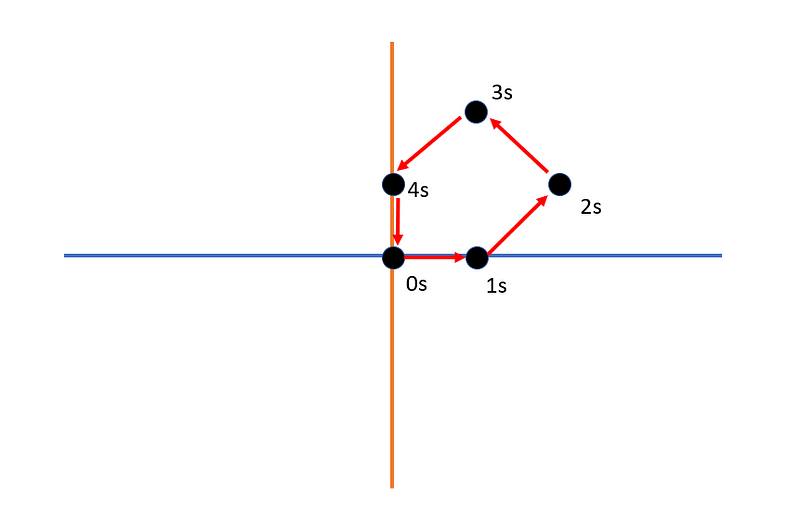# Wheels in Motion: How Cyclicity Analysis is Shaping Brain Insights
Written on
Chapter 1: Understanding Brain Activity Through Cyclicity
Wheels are often thought of as simple mechanisms, but they can also symbolize complex systems, like the brain, where activity constantly fluctuates. You might have seen those striking brain images with vivid yellow and red areas indicating activation. While they suggest modular activation during cognitive tasks, they don’t capture the nuanced reality: the brain is perpetually active, even at rest. Recent research indicates that these ongoing fluctuations in brain metabolism are not merely random; they actually convey significant information about behavior and cognition.
Traditionally, neuroscientists have interpreted brain activity through the lens of functional networks composed of specialized nodes across various regions. Surprisingly, even during periods of inactivity, brain activity tends to be organized into these networks. For instance, if you were to undergo a functional MRI scan while lying still for ten minutes, the metabolic fluctuations in one part of your brain would likely correlate highly with those in another, distant area. This organization persists even when engaged in specific cognitive tasks, leading researchers to hypothesize about the modular functions of these networks.
However, a major limitation of standard analysis is its reliance on correlating time series data from two brain regions to assess connectivity. This raises critical questions: Does this connectivity remain stable over time? Does brain activity propagate sequentially or happen simultaneously? The conventional assumption is that connectivity is static and that fluctuations in activity occur concurrently within networks.
Neuroscientists are aware of these limitations, and significant efforts are underway to explore the dynamics of brain metabolism. Various techniques exist, but the key findings indicate that network connectivity does fluctuate over time and that there is indeed a propagation of signals. This propagation is where I wish to focus.
In 2015, a study by Anish Mitra and colleagues, including the renowned Marcus Raichle, examined the “lag structures” of functional activity. Instead of assuming that activity between two brain regions correlates most strongly at the same moment, they suggested exploring correlations that are offset by a few time samples. This is a groundbreaking idea, considering that neural signals propagate rapidly, while fMRI captures these dynamics with a delay of several seconds. Surprisingly, several studies have now documented this phenomenon.
I’m privileged to be part of a research group that has recently submitted a manuscript utilizing cyclicity analysis to explore leader-follower dynamics between brain regions. This innovative approach offers unique advantages, such as identifying leadership patterns without pre-specified time lags. To illustrate, imagine two signals where one clearly follows the other.

We can visualize these signals in a parametric plot, where the relationship between the two signals becomes clear, revealing the timing of their interactions.

Initially, we analyzed resting-state data from the Human Connectome Project, a valuable resource for neuroscience. Our findings were intriguing; we observed a directional flow of activity moving from parietal regions to primary visual areas. However, the real revelation came when we studied task-related data. During a social cognition task where participants viewed short clips of shapes interacting or moving randomly, we noted a similar directional flow of activity—initially from visual areas to association areas, and then, when participants made judgments, a switch back towards the visual areas. This suggests observable directional information flow within the brain at relatively slow frequencies.
This notion of directional flow aligns with an emerging perspective on resting-state network physiology. While the traditional view posits that networks consist of distinct modules for specific tasks, a newer perspective suggests that correlations arise from the phase and direction of propagating information. Pioneering work by Daniel Margulies highlights that correlations in the cortex diminish gradually in space, challenging the notion of isolated networks.
The concept of hierarchy has long been integral to neuroscience. For instance, in the visual cortex, lower levels process raw signals from the retina, integrating them into higher-order perceptions. This hierarchical processing begins in the back of the brain and progresses forward.
By integrating these ideas, we might rethink functional brain networks in terms of the direction and timing of information flow rather than just specialized modules. When focused outward, information may flow from primary sensory regions, while inward focus might reverse this flow, starting from complex association areas. For instance, visualizing a rabbit begins with the conceptual idea before activating sensory modalities.
With cyclicity analysis, we seem to observe both forward and backward propagation of information, which excites me about this hypothesis of brain organization. Having maintained a meditation practice for a few years, I see potential in using cyclicity analysis to enrich our understanding of meditation. Recent literature, particularly a preprint by Ruben Laukkonen and Heleen Slagter, suggests that meditation may involve managing the direction and depth of hierarchical processing in the brain.
Meditação has often been described by advanced practitioners as transitioning from effortful attention to a state of effortless focus. As a neuroscientist, this transition fascinates me, particularly when considering all-or-nothing mental phenomena like the “eureka” moment of sudden understanding. I propose that this shift may reflect a change in the directional flow of information within the brain.
The default mode of the brain, which often engages in future-oriented or past-reflective thinking, may require a significant recalibration. By training the mind to focus on the present moment, we might enable the brain to reset its default flow direction. If our results hold true, we could quantitatively assess expertise in meditation through cyclicity, potentially observing a reversal of flow direction in advanced meditators.
Moreover, cyclicity analysis might serve as a biofeedback tool, complementing existing methods that measure meditative states. Though fMRI is not practical for commercial biofeedback, optical imaging systems may offer viable alternatives, as cyclicity analysis is adaptable across measurement modalities.
An intriguing potential application lies in enhancing sensory imagination. While many meditation practices focus on redirecting attention, training the vividness of imagination could prove beneficial. The interplay between incoming sensory information and top-down imaginative processing might yield insights into how to better train sensory representations.
Conceptualizing brain information flow as two primary directions is undoubtedly a simplification. However, this model offers promising avenues for exploring neural networks and inspiring new cognitive neuroscience experiments. As we refine cyclicity analysis, its potential applications in neuroscience and beyond are vast. What do you think about this model of information processing? What other possibilities do you see for cyclicity analysis?
Chapter 2: Exploring Further with Visual Insights
In the video "The Backwards Brain Bicycle," the complexities of learning and unlearning skills are explored, shedding light on how our brains adapt to new information.
The video "Dynamics: Direction of friction on a bicycle wheel" illustrates the principles of physics that can also relate to the dynamics of brain activity and its implications in understanding cyclicity.